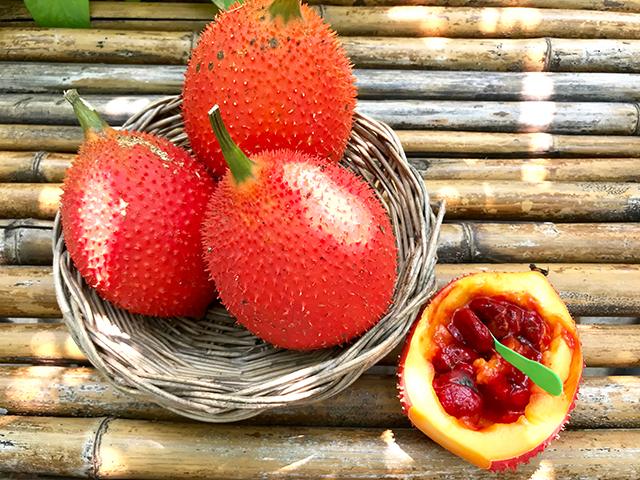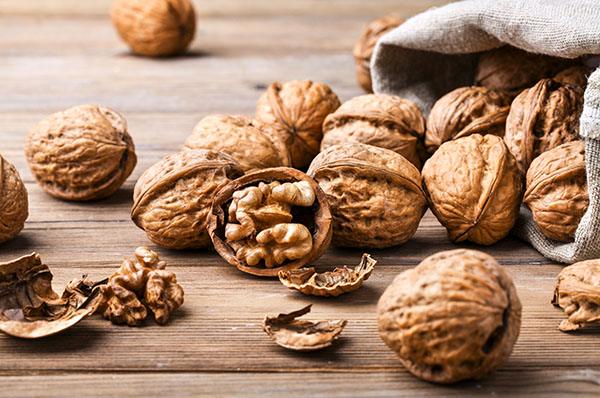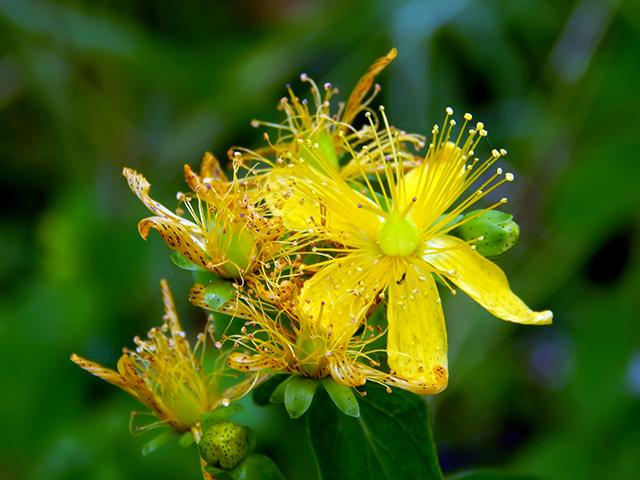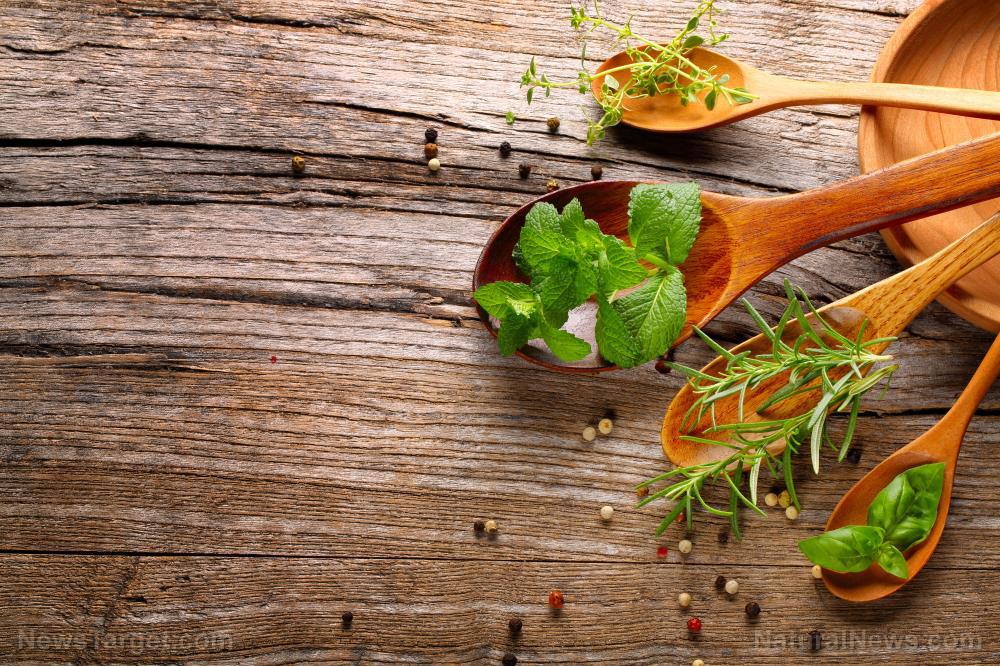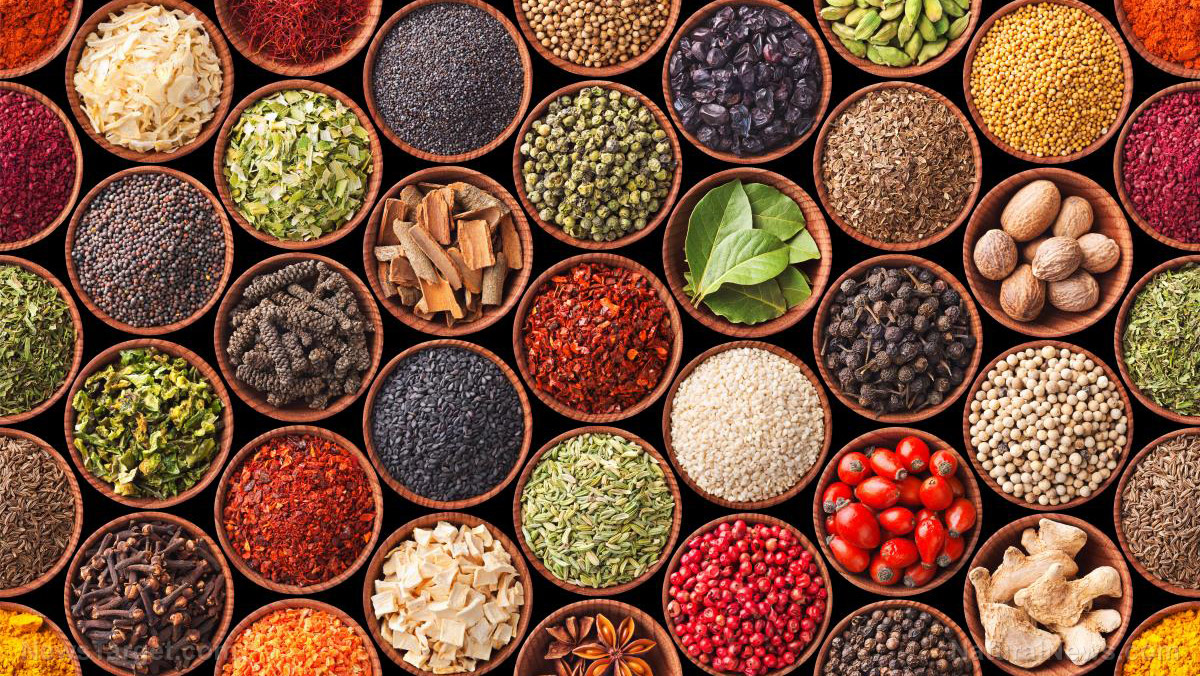Marjoram: The ancient herb of love, healing and culinary magic
03/10/2025 / By Ava Grace
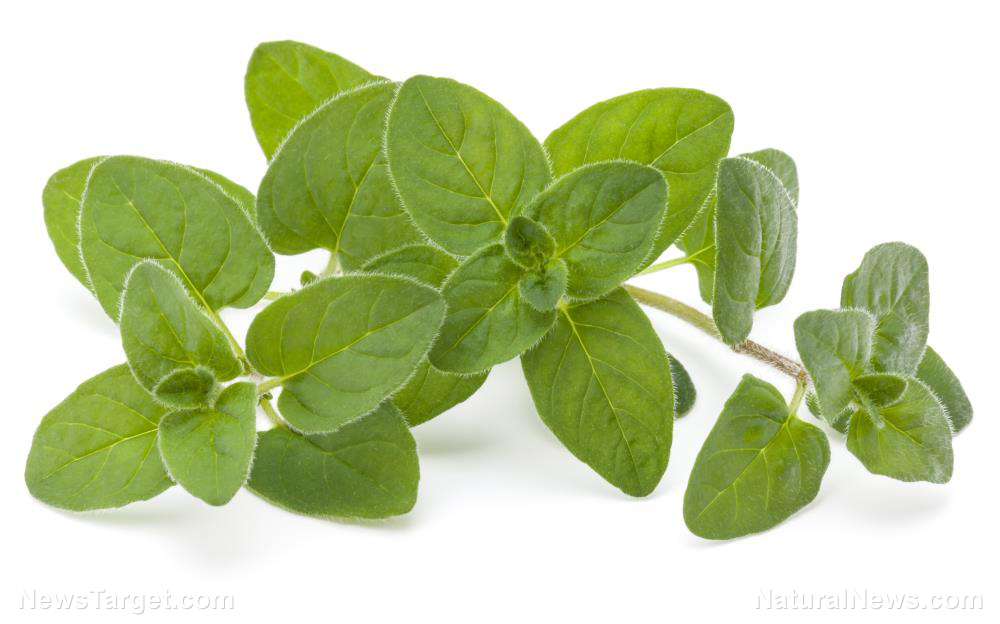
- Marjoram, a fragrant herb with origins in the Mediterranean and Middle East, has been cultivated for over 3,000 years. It was revered by the ancient Greeks and Romans for its association with love, happiness and protection, and later became a staple in European monastic gardens for its medicinal uses.
- Rich in phytonutrients like flavonoids, phenolic acids and terpenes, marjoram offers antioxidant, anti-inflammatory and antimicrobial benefits. It may help manage conditions such as arthritis, digestive issues, menstrual cramps and infections while also promoting relaxation and sleep.
- Known for its sweet, citrusy and slightly pine-like flavor, marjoram is a versatile culinary herb that can enhance dishes like roasted meats, soups and vegetables. It is also used in teas and infused oils for both flavor and health benefits.
- Marjoram is a small, bushy plant with gray-green to deep green leaves and clusters of white or pink flowers. Its unique flavor, milder than oregano, makes it a distinct and valuable herb for cooking.
- Known by various names like “sweet marjoram” and “knotted marjoram,” marjoram holds cultural significance worldwide. Today, it is used in teas, tinctures and aromatherapy, bridging ancient traditions with modern wellness practices.
Marjoram (Origanum majorana), a fragrant herb with a rich history and many health benefits, has been cherished for centuries for its culinary and medicinal properties. This cold-sensitive perennial herb, often confused with its close relative oregano, boasts a unique flavor profile that combines sweet pine and citrus notes. Its versatility as a culinary and medicinal herb has made it popular around the world. From ancient Greece to modern-day Middle Eastern kitchens, marjoram has been revered not only for its taste but also for its therapeutic potential.
Marjoram’s origins can be traced back to the Mediterranean and Middle Eastern regions, where it has been cultivated for over 3,000 years. The ancient Greeks and Romans held marjoram in high regard, associating it with love, happiness and protection. Greek mythology tells of Aphrodite, the goddess of love, who favored marjoram for its sweet aroma. Brides and grooms would wear garlands of marjoram to symbolize joy and marital bliss. The Romans also believed marjoram could bring good fortune and used it to flavor their wines and food. (Related: Get to the root cause: How to recognize and treat common nutrient deficiencies.)
In the Middle Ages, marjoram was introduced to Europe, where it became a popular herb in monastic gardens. Monks cultivated it for its medicinal properties, using it to treat ailments ranging from digestive issues to respiratory conditions. Today, marjoram is grown worldwide, with major producers including Egypt, France and Hungary. In some Middle Eastern countries, marjoram is synonymous with oregano, and the names “sweet marjoram” and “knotted marjoram” are used to distinguish it from other species in the genus Origanum.
Phytonutrients and medicinal uses of marjoram
Marjoram is a powerhouse of beneficial phytonutrients. Among its key constituents are flavonoids, phenolic acids and terpenes, which contribute to its antioxidant, anti-inflammatory and antimicrobial properties. Specific compounds found in marjoram include rosmarinic acid, carvacrol and thymol, all of which have been studied for their health benefits.
Research suggests that marjoram may help alleviate a variety of symptoms and conditions. Its anti-inflammatory properties make it a natural ally for managing arthritis and other inflammatory disorders. The herb’s antimicrobial effects can help combat bacterial and fungal infections, while its antioxidant content may protect against oxidative stress, a key factor in aging and chronic diseases such as heart disease and cancer.
In traditional medicine, marjoram is used in the form of teas, tinctures or essential oil. A warm cup of marjoram tea can help ease indigestion, while marjoram essential oil, when diluted and applied topically, may relieve muscle pain and tension. The herb’s calming properties also make it a popular choice for aromatherapy, where it is used to reduce stress and promote relaxation. Marjoram has also been traditionally used to soothe digestive issues, reduce menstrual cramps and improve sleep quality.
Culinary uses of marjoram
Marjoram is a small, bushy plant with soft, oval-shaped leaves that range in color from gray-green to a deeper green. Its tiny white or pink flowers bloom in clusters, adding to its ornamental appeal. The leaves are the most commonly used part of the plant. When dried, marjoram retains much of its flavor, making it a convenient pantry staple.
Marjoram’s delicate flavor makes it a versatile ingredient in the kitchen. Its sweet, slightly citrusy taste pairs well with a variety of dishes, from roasted meats and vegetables to soups and sauces. Some popular recipes featuring marjoram include:
- Herb roast chicken and vegetables – A delicious and healthy serving of whole chicken flavored with thyme, marjoram and grated lemon peel, roasted with potatoes, carrots and green beans.
- Tomato and marjoram soup – Marjoram’s sweetness allows it to balance the acidity of tomatoes, elevating the flavor of this simple yet classic soup.
- Marjoram-infused olive oil – Use this flavorful oil for dipping bread or for sauteeing, grilling, roasting or drizzling over salads, pasta or vegetables.
- Roasted root vegetables with thyme and marjoram vinaigrette – A delicious mix of roasted sweet potatoes/yams, carrots, parsnips and rutabagas drizzled with a blend of balsamic vinegar and freshly chopped thyme and marjoram.
- Marjoram and thyme tea for relaxation – An aromatic and soothing herbal tea that combines the sweet flavor of marjoram and the earthy flavor of thyme.
Marjoram is more than just a flavorful herb; it is a testament to the enduring connection between food and medicine. Its rich history, coupled with its impressive array of health benefits, makes it a valuable addition to any wellness routine. Whether enjoyed in a hearty soup, sipped as a soothing tea or used for aromatherapy, marjoram offers a natural way to enhance both physical and emotional well-being. Incorporating marjoram into your diet and self-care routine is a simple yet powerful way to tap into the wisdom of ancient traditions while enjoying the benefits of modern science.
This story is not medical advice and is not intended to treat or cure any disease. Always consult with a qualified naturopathic physician for personalized advice about your specific health situation or concern.
Visit NaturalNews.com, a great source for articles that can teach you about superfoods and their health benefits.
You can also try Brighteon.ai, an AI model created by Mike Adams the Health Ranger. This model is available as a free download to be run locally and is designed to help share and decentralize knowledge. By doing so, it aims to bypass censorship and empower people with knowledge.
If you’re looking for an uncensored video free speech website where you can openly discuss nutrition, natural medicine, ingredients and more, check out Brighteon.com and our free speech social media sites, Brighteon.IO and Brighteon.social.
Watch this video to learn more about the many health benefits and uses of Marjoram.
This video is from the Natural Cures channel on Brighteon.com.
More related stories:
Healing herbs: Alternative herbal remedies for hypertension.
Home gardening tips: How to plant, grow and harvest 3 oregano varieties.
African basil is a potent natural treatment for men with erectile dysfunction.
Can essential oils prolong the shelf life of bread?.
Tackle coughs the natural way: Here are some of the best essential oils that help you breathe easier.
Sources include:
Submit a correction >>
Tagged Under:
food cures, food is medicine, food science, grocery cures, healing, health science, herbal medicine, Herbs, ingredients, Marjoram, natural cures, natural health, natural medicine, organics, plant medicine, remedies
This article may contain statements that reflect the opinion of the author

